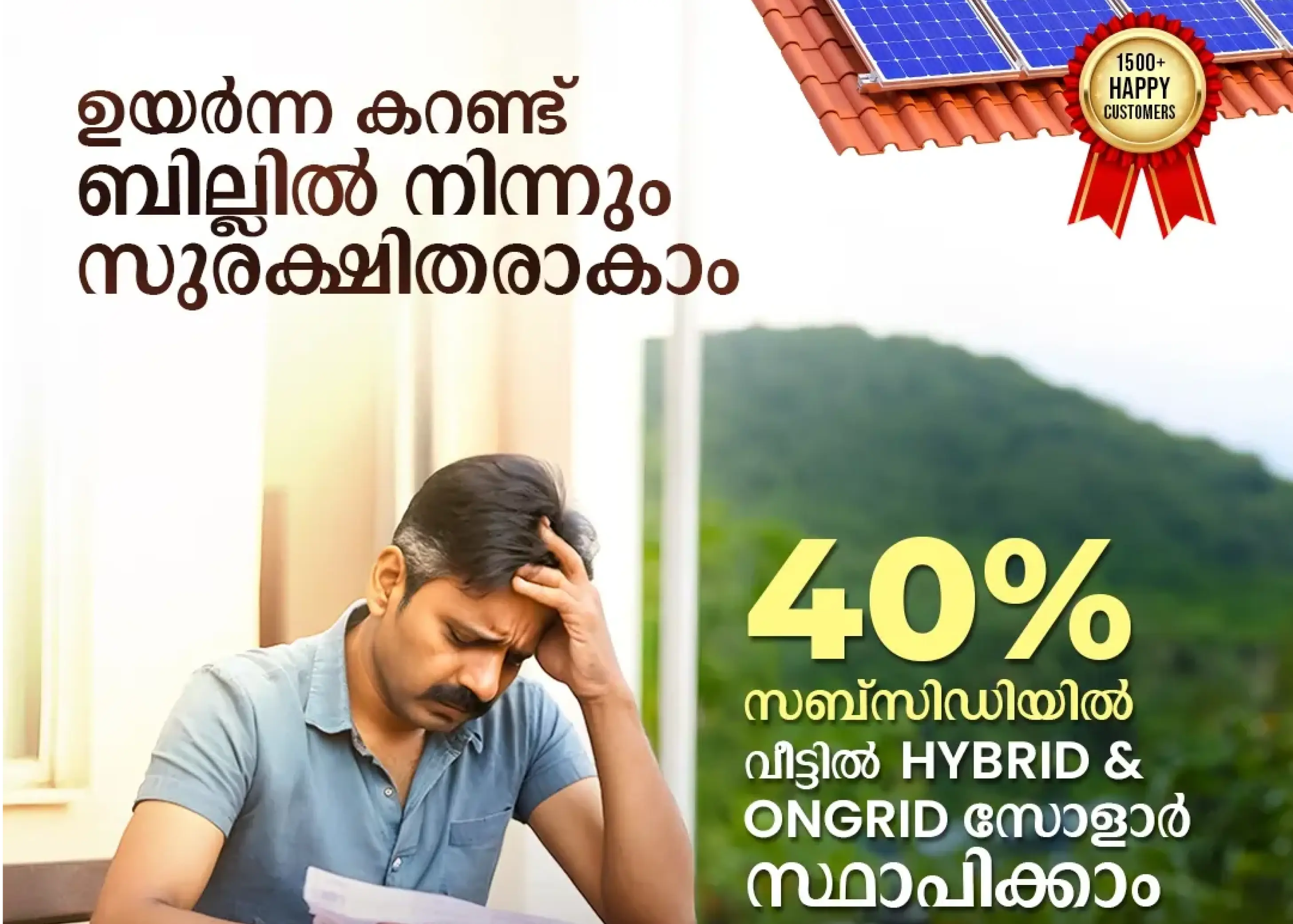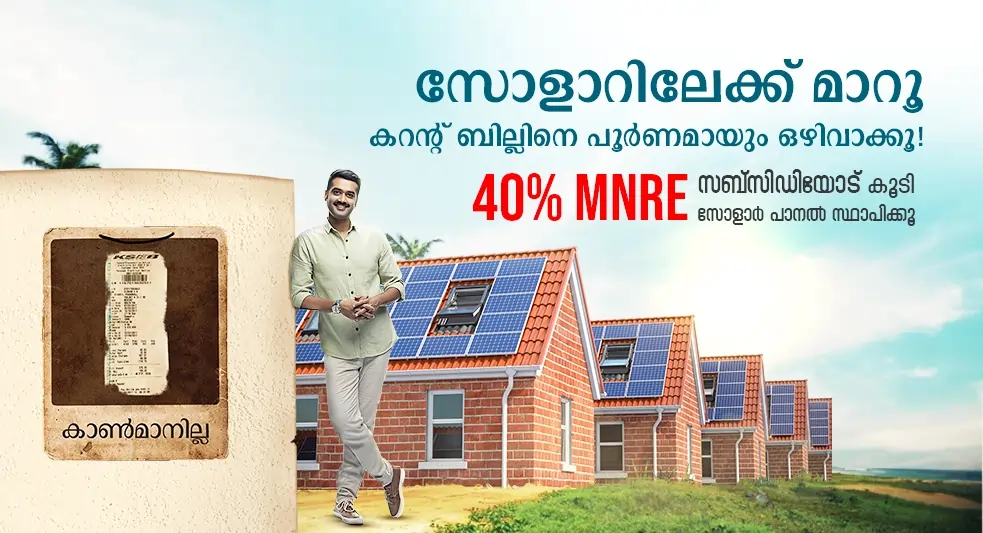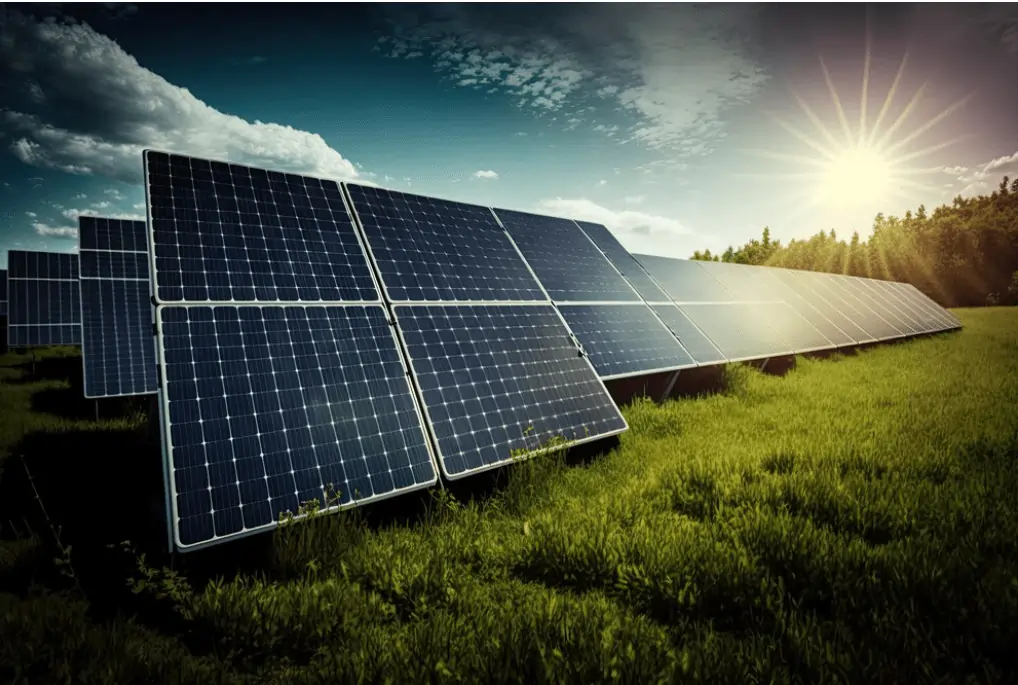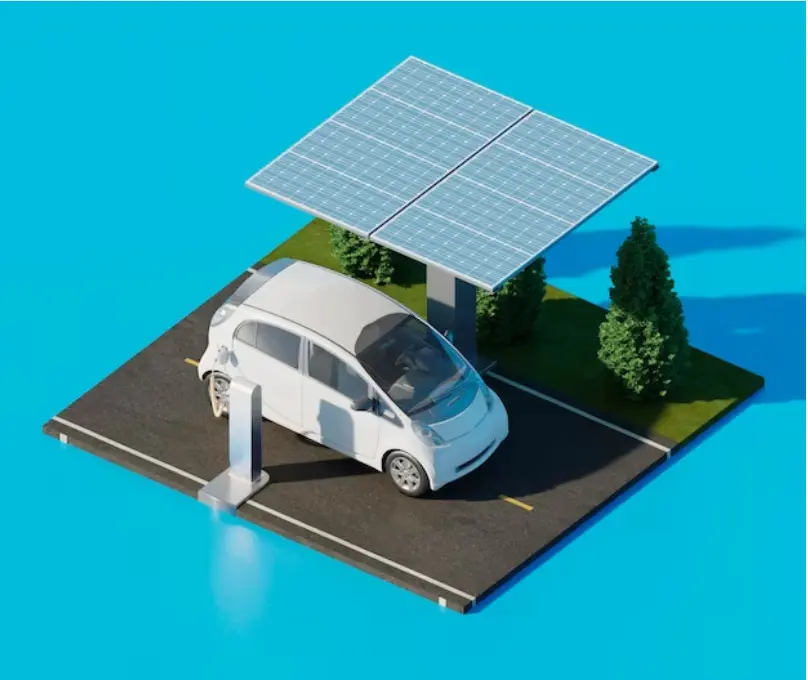How to make the best use of the solar rooftop subsidy? Everything you need to know
Are you a homeowner considering switching to a solar power system but worried about the upfront cost? Then there is good news for you: the Indian government has been making it easier than ever for residential consumers to install a solar power system through the PM Surya Ghar, also known as Muft Bijili Yojana. If you are looking to gain energy independence by leveraging the latest solar rooftop subsidy, you are at the right place. This blog will cover everything you need to know about the MNRE (Ministry of New and Renewable Energy) rooftop solar subsidy so that you can take the full advantage of the scheme.
What is the MNRE solar panel subsidy?
The MNRE solar rooftop subsidy is financial assistance provided to Indian homeowners to install solar power panels. It is a recent solar panel government subsidy launched by the Indian government to make sustainable energy available for all. As mentioned earlier, the program is a part of PM Surya Ghar: Muft Bijili Yojana, and it offers up to 60% subsidy on a project. The financial contribution provided by the scheme varies according to the system capacity; you will receive a higher per kW subsidy on 1 to 2 kW systems and comparatively a lower effective subsidy on 3 to 10 kW systems, with the total incentive capped at 78000.
If you are availing financial assistance, the solar system should only be installed through registered vendors of your concerned DISCOM (Electricity Distribution Company). All the solar panels used on the project should be listed on the Approved List of Models and Manufacturers (ALMM) as well. MNRE launched this flagship program in 2024 to encourage residential people to adopt renewable energy sources for their essential energy needs, with a key aim that focuses on providing free electricity of 300 units/month for households installing a solar power system. Initiatives like this not only help to cut down the cost of the monthly energy bill for a homeowner but also offer significant advantages like reduced carbon emission, increased energy security, and economic opportunities on a larger scale that can ultimately result in a sustainable future.
Top 4 advantages of leveraging household solar panel subsidy
From household to the environment to the indian economy, switching to solar energy will make a positive impact on multiple levels, as a house owner leveraging available solar panel subsidy can bring forth the following benefits.
- Reduced electricity bill - Complete reliance on the traditional power grid system means a huge monthly energy bill. Once you can harness the solar energy through the rooftop solar panel installation, depending on various factors like system size, energy consumption, and net metering policies, you can save from 70% to 100% on your monthly bill.
- Budget-friendly - The main objective of the rooftop solar subsidy is to make solar energy affordable for all. Under the scheme, homeowners are eligible for significant financial assistance, which will ultimately remove a huge financial burden for the owners and make solar energy more accessible for homeowners on a larger scale.
- Increased home value - A fully functioning solar energy grid will increase the resale price of your house to a large extent. Current stats show that the price of a house with a sustainable source of energy will increase by up to 4 to 5 %. The energy-saving appeal of a solar-powered house will certainly attract more buyers as well. .
- Energy independence - Unlike non-solar homes, a home with a solar energy system need not depend on the main grid for energy production. This way, the facility offers protection from power outages. Your solar system will be paired with a battery that can keep your home powered even when the grid goes down. In short, as a homeowner, a solar rooftop system will provide you autonomy, cost stability, and resilience. .
The eligibility criteria for availing the rooftop solar subsidy
As per current guidelines, Surya Ghar Murft Bijili Yojana provides financial assistance only for residential consumers. However, you need to meet specific requirements to get the incentive. The following are the eligibility criteria for getting the subsidy in India.
- Property ownership - You need to have legal ownership or maintain a long-term lease contract with the home to proceed with the installation.
- Consumer of a DISCOM - In India, a DISCOM in a state is responsible for electricity distribution. You have to hold a DISCOM consumer ID before registering for the financial assistance. .
- Installation by an approved vendor - Vendors approved by the DISCOM or the government are entitled to set up the system.
- Adherence to technical standards - All pieces of equipment used in the project should meet the technical standards and specializations laid out by MNRE.
- Application through the official portal - Eligible customers need to complete registration through the It is a unified website specifically designed to encourage rooftop solar adoptions in India.
- New installation only - You can only claim the subsidy for a new project. Your existing system is not eligible for financial assistance.
Available subsidy amount on solar rooftop systems
The subsidy amount will vary depending on factors like system capacity and location. While the former can directly influence the amount, the latter only place an indirect impact. Once applied, a homeowner will receive the following amounts as subsidies.
Note: The subsidy amount for system capacity above 3 kW is a fixed amount.
Application Process for the MNRE Solar Rooftop Subsidy
The application process for the MNRE rooftop solar subsidy is straightforward and can be completed through an online submission. Follow these steps to complete the registration:
Step 1: Register Your Account
Visit the online portal https://pmsuryaghar.gov.in and register your account using your mobile number, DISCOM name, and consumer number.
Step 2: Fill in the Application
Fill in the application for rooftop solar with the required details. You need to upload supporting documents such as:
- Electricity bill
- Aadhar card or ID proof
- Property tax receipt
Ensure that all required documents are uploaded correctly along with your application.
Step 3: Select an Approved Vendor
As a next step in the process, you need to select an approved vendor from the list for the system installation.
Step 4: GEPS Assistance
GEPS will assist you in successfully completing all the necessary procedures required to receive the subsidy amount. We will guide you through every step until your application gets approved.
Step 5: Installation Process
Once you get the approval, we will proceed with the installation process to set up your rooftop solar system.
GEPS ensures that you receive expert guidance and support throughout the entire process, making the application and installation smooth and hassle-free.
Final thoughts
In conclusion, leveraging the solar rooftop subsidy will help mitigate the total installation cost and acts as a smart investment if the initial expense is a deterrent to you. As per the current scheme, you can utilize a subsidy amount up to 78,000 rupees under PM Surya Ghar: Muft Bijli Yojana, which can ultimately help to reduce solar installation cost. However, you need to understand that the total expense of your project may differ based on factors such as taxes and costs of solar mounting structures.
Once you make the right decision to switch to solar energy, GEPS will be there to assist you in every step. Our dedicated team will guide you through the application process, ensure utmost quality service, and provide adequate after-sales support whenever needed. To take the first step towards a reduced electricity bill and a greener home, contact GEPS today for a free consultation to know your eligibility status







